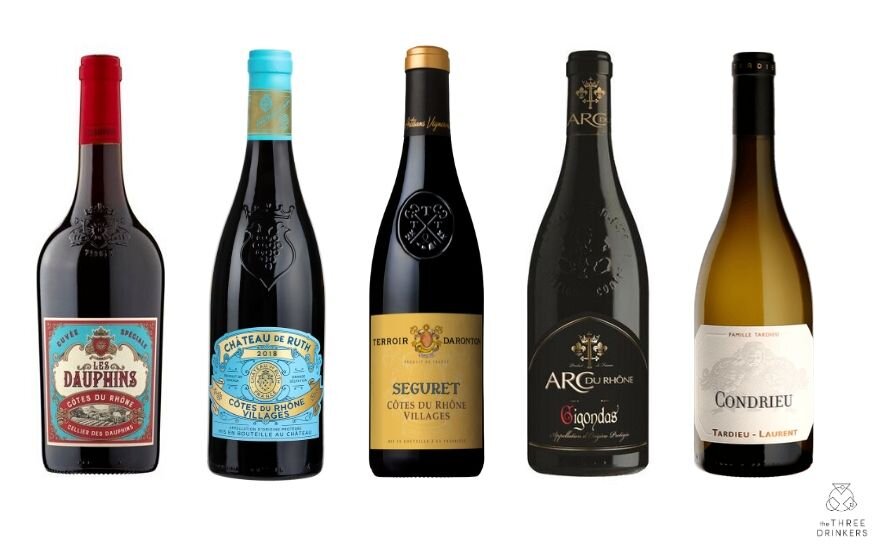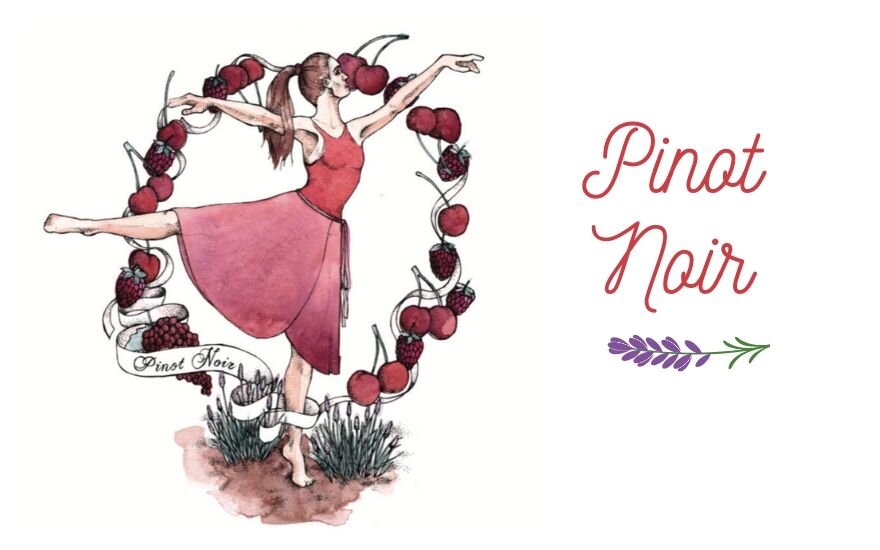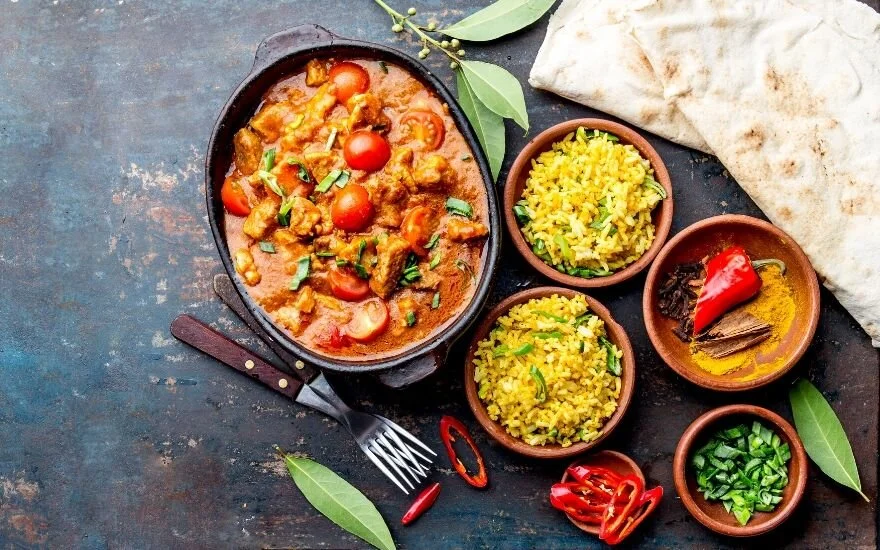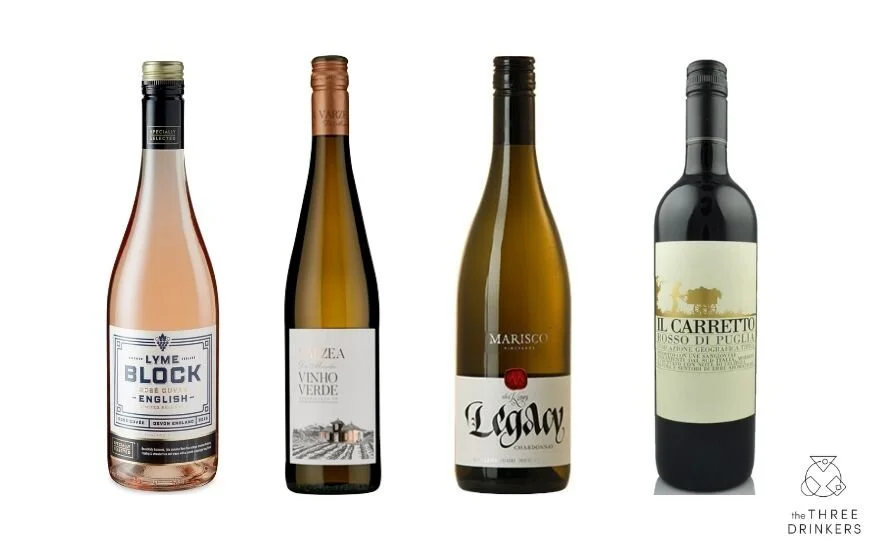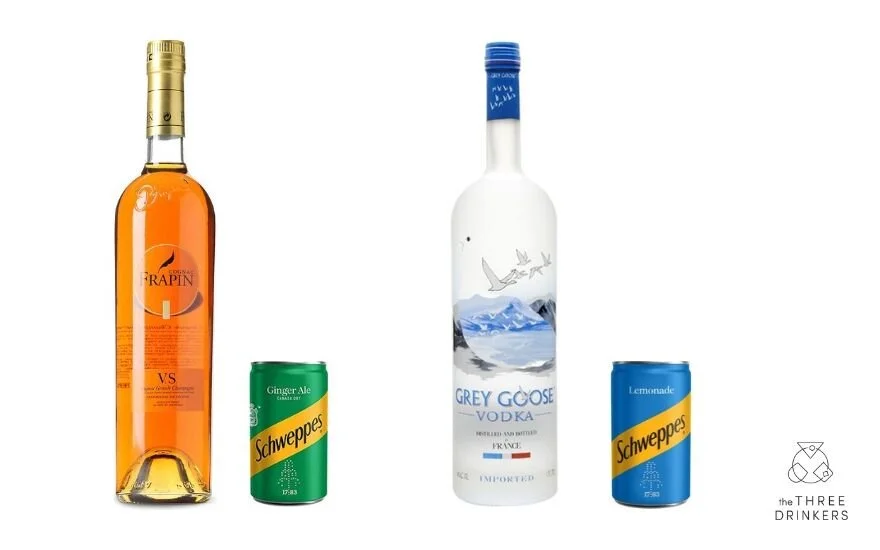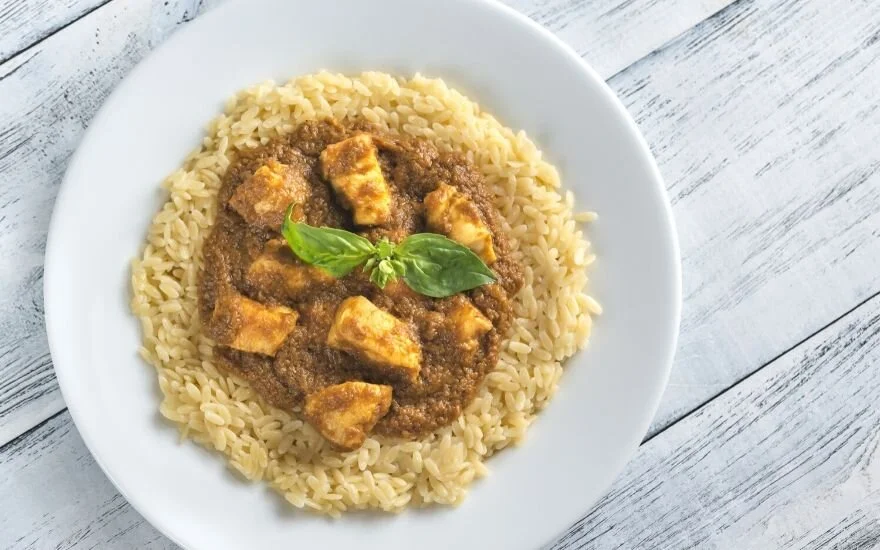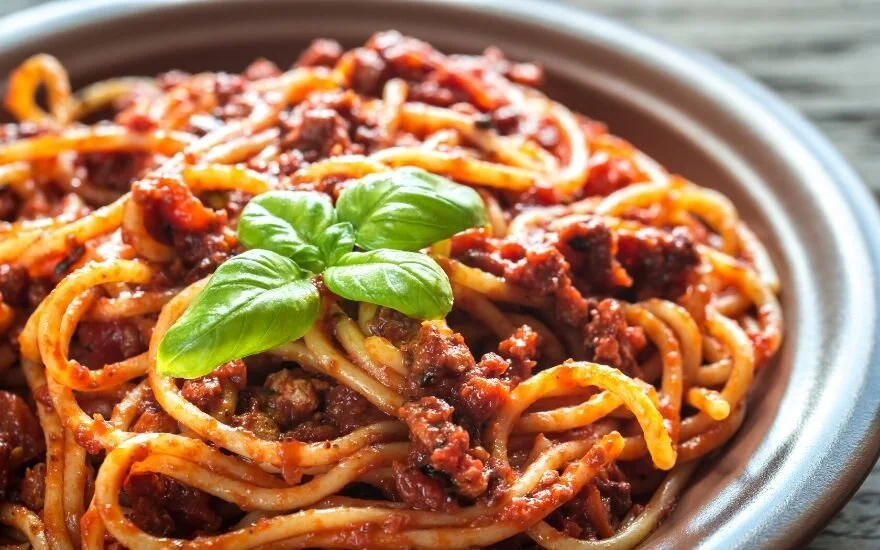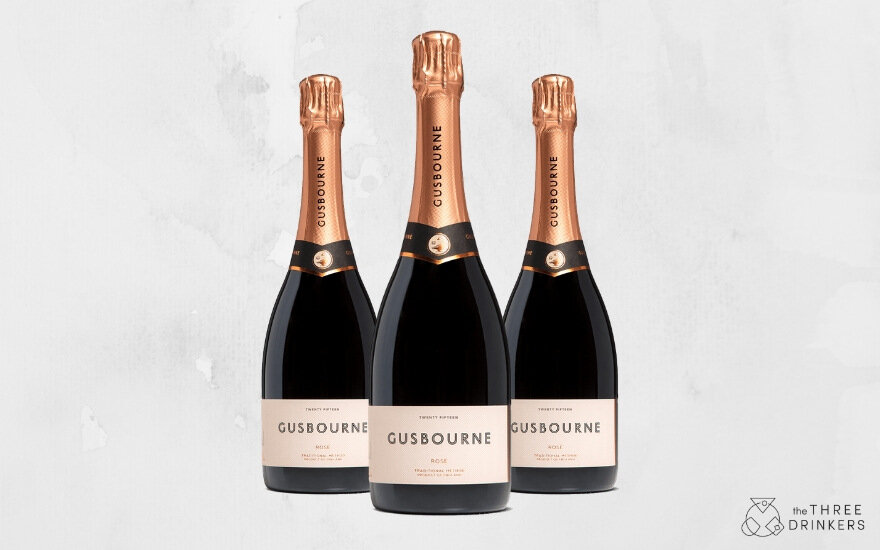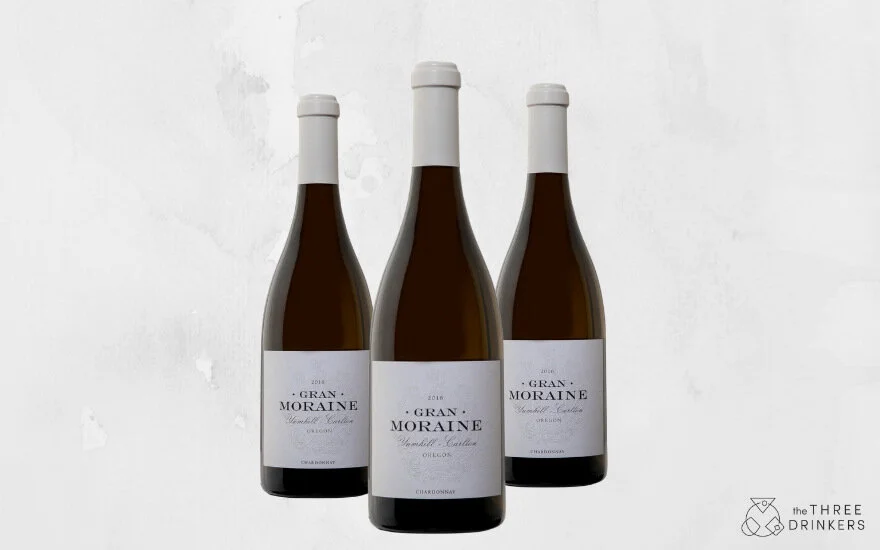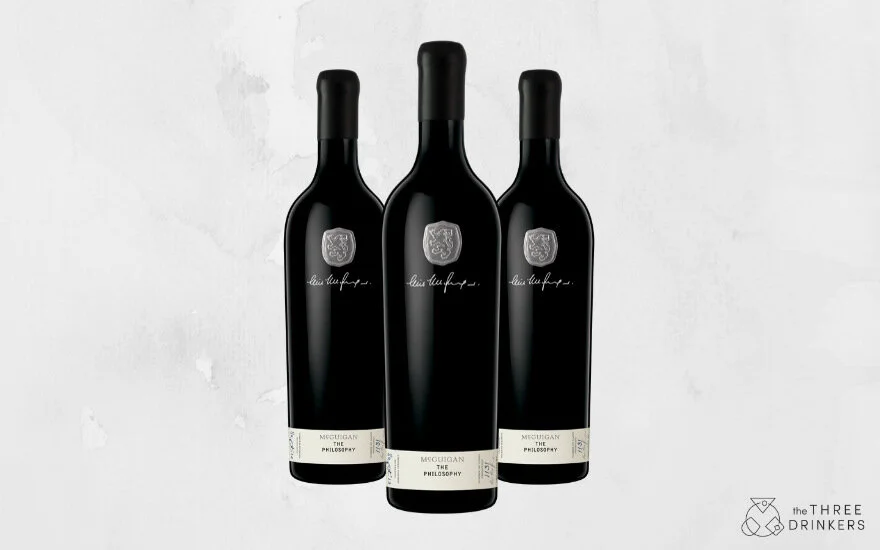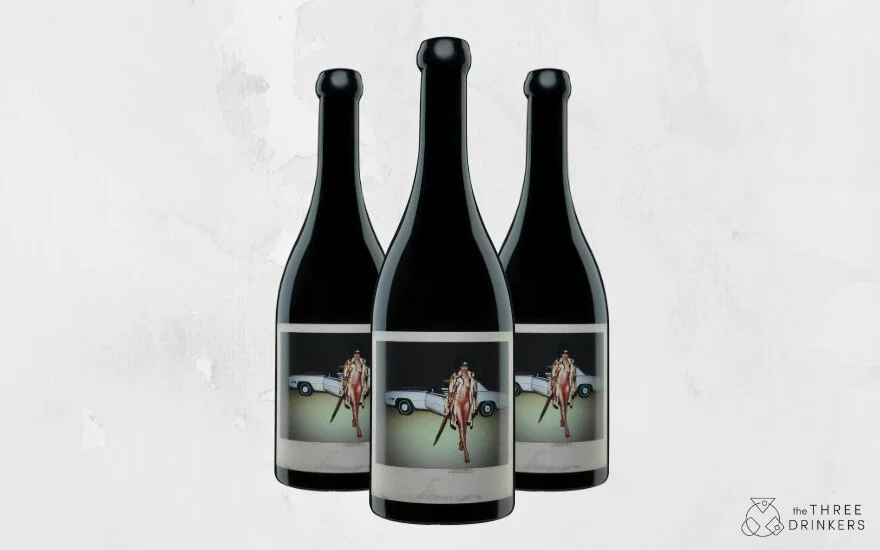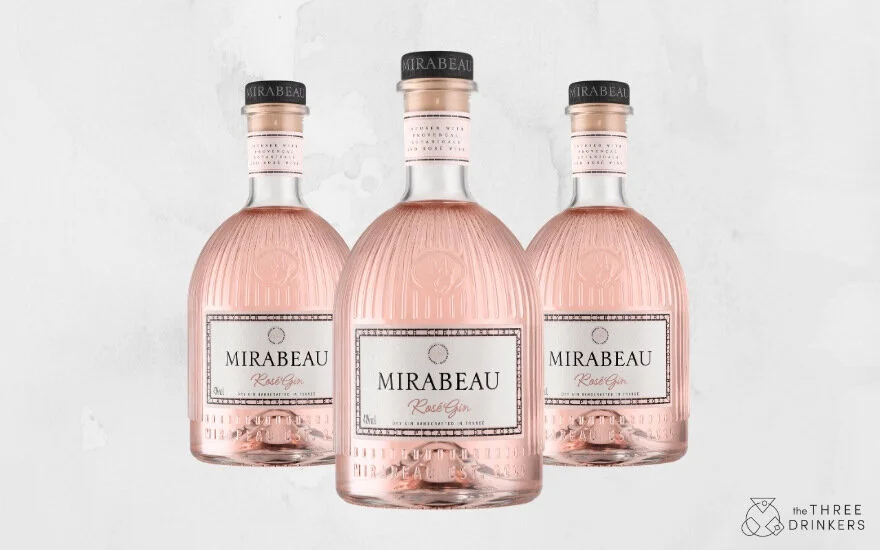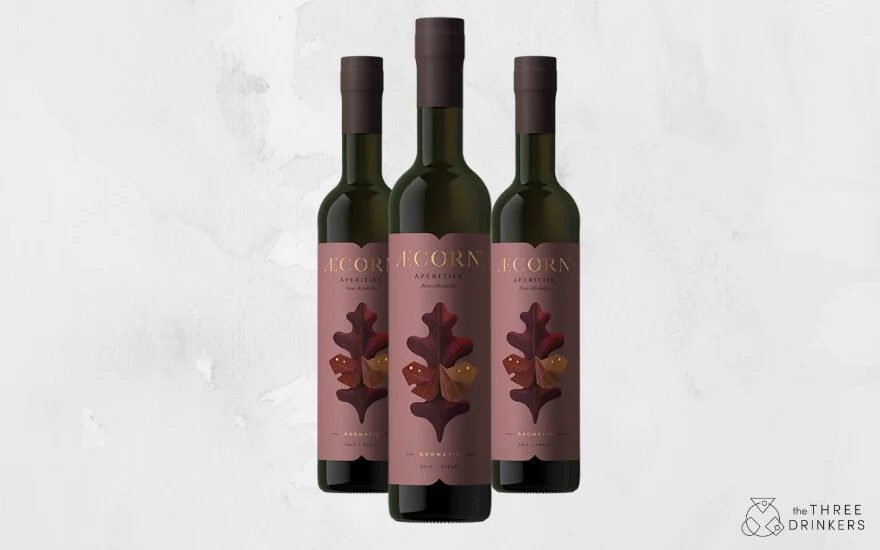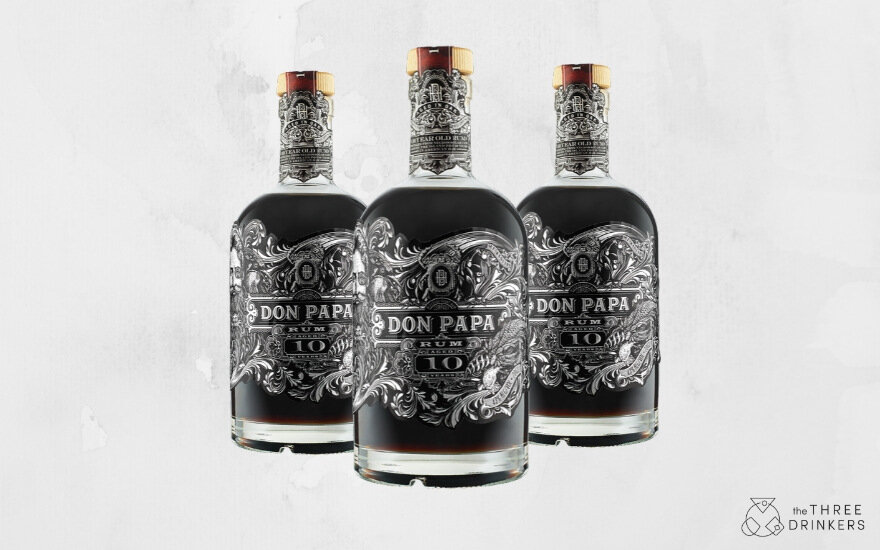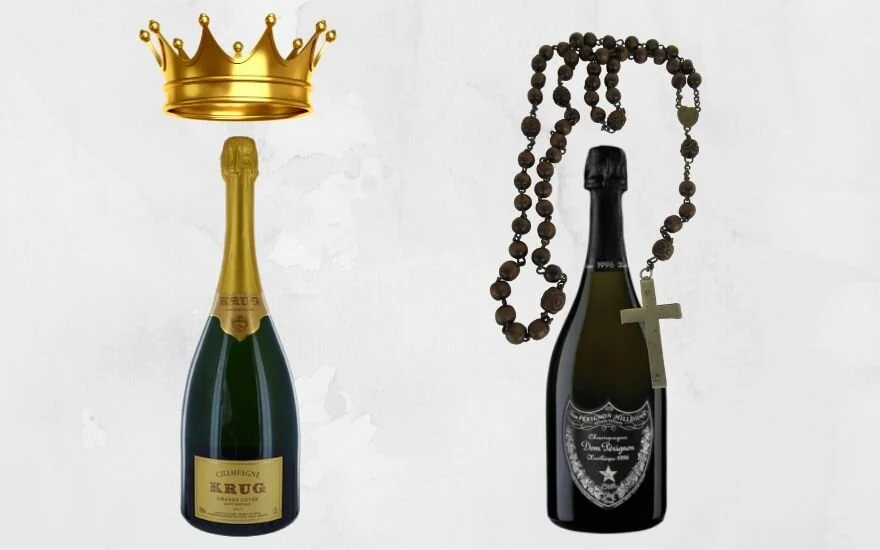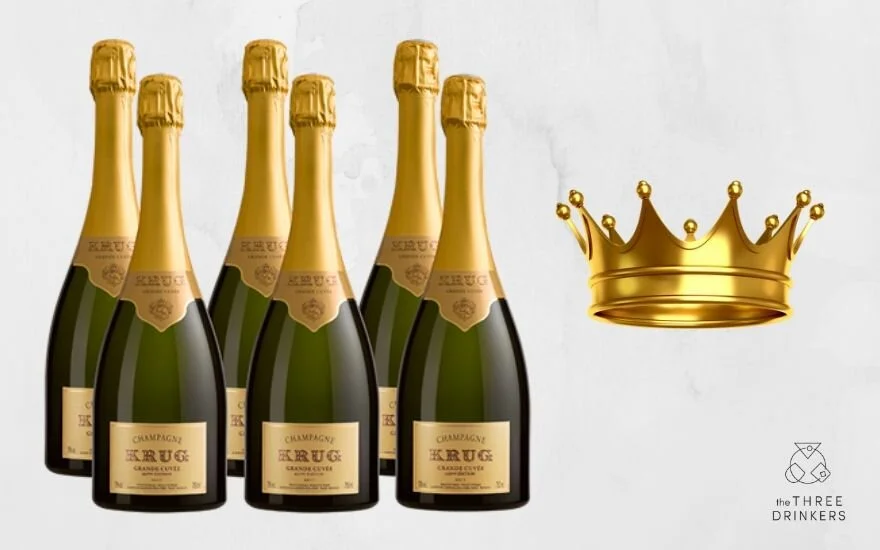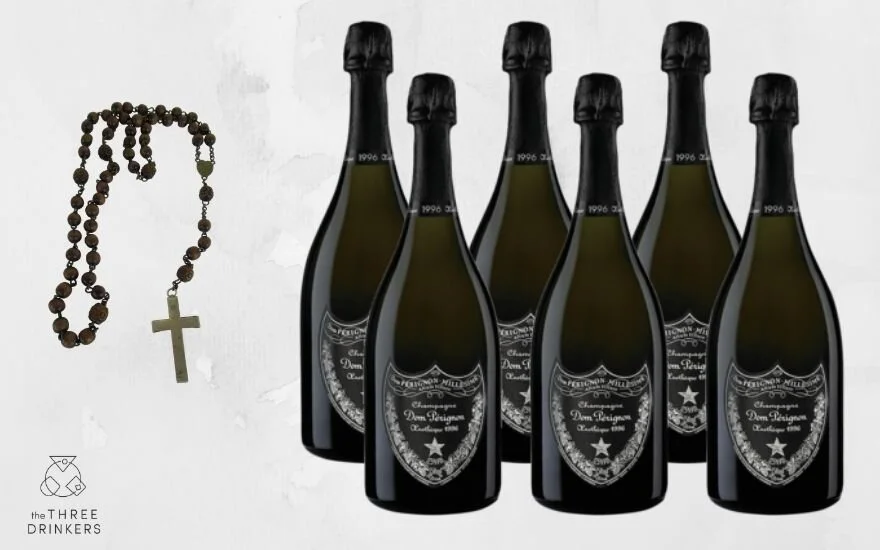Words by Helena Nicklin
Côtes du Rhône wine is many people’s go-to, comforting red wine style but they are not all created equal. Here’s what you need to know with a tasting tour to help you discover...
Where?
The Rhône Valley is a large wine region in the south of France that runs for over 200Km, following the Rhône river, from Lyon to Avignon and beyond. Given the vastly different landscapes from North to South, Rhône Valley wines are split stylistically into two:
The North: from Vienne to Valence, focussing on mainly Syrah for the reds and Viognier for the whites.
The South: ostensibly from Montélimar to Avignon and much wider than the North, its focus is more on blends: Grenache, Syrah, Mourvedre largely for the reds and Grenache Blanc, Roussanne and Marsanne for the whites.
Four quality levels
There are four quality levels of Rhône Valley wine, each naturally going up in price:
Côtes du Rhône AOC: This first level is the largest and covers the whole of the Rhône valley, though around 90% of production comes from the South. It produces almost as much wine as Bordeaux and is focussed on red blends, though there are a few whites and pinks made (2 - 4% of production). Côte’ means ‘bank’, so these are wines made with grapes grown on the banks of the Rhône river.
Côtes du Rhône Villages AOC: Superior in quality to Côtes-du-Rhône AOC with stricter winemaking rules. It’s the second largest appellation in the Rhône.
Côtes du Rhônes Villages + named village AOC: A further step up in quality with even stricter rules and twenty villages have dispensation to write their names on the labels. These names are Rousset-les-Vignes, Saint-Pantaléon-les-Vignes, Valréas, Visan, Saint-Maurice, Rochegude, Roaix, Séguret, Sablet, Saint-Gervais, Chusclan, Laudun, Massif d'Uchaux, Plan de Dieu, Puyméras, Signargues, Gadagne, Sainte-Cécile, Suze-la-Rousse and Vaison-la-Romaine.
The ‘Crus’: Recognised just by their village names, these ‘cru’ are allowed to miss off the ‘Côtes-du-Rhônes Villages’ bit on the label entirely. There are 8 cru AOCs in the North: Côte-Rôtie, Condrieu, Château-Grillet, Saint-Joseph, Crozes-Hermitage, Hermitage, Cornas and Saint-Péray. In the South, there are 9 and they are Vinsobres, Rasteau, Cairanne, Gigondas, Vacqueyras, Beaumes-de-Venise, Châteauneuf-du-Pape, Tavel, Lirac.
The Key Rhône Grapes - the Boyband of Wine styles
The star grapes of the Rhône Valley are Grenache, Syrah and Mourvedre for the reds and Viognier, Roussanne and Marsanne for the whites. In the North, the reds are dominated by smoky, savoury Syrah, whereas in the South, wines are usually blends, led by juicy Grenache, then Syrah and Mourvedre, though there are several other red and white grapes permitted.
Put another way, these Rhône blends are a bit like a boyband, where each key member has been carefully chosen for their particular qualities (and there may be some backing singers on certain tracks). Grenache comes first: the cute, approachable one. Think homemade strawberry jam and liquorice sticks. Syrah comes next: he’s the complex, brooding type who probably writes all the lyrics. Think grilled meat with fresh herbs, pepper and violets. Mourvedre is the party animal of the group. Full-on and full-bodied, he’s unsubtle, rugged and savoury but instantly fanciable. Put them together and the result is harmonious. #Vinalogy.
TASTING TOUR
Côtes du Rhône
Try: Les Dauphins Côtes du Rhône, £8 from Tesco.
Classic, easy going style with juicy, summer fruits and a peppery kick. Excellent value.
Côtes du Rhône Villages
Try: Château de Ruth Côtes du Rhône Villages, Grande Sélection, £10 from COOP .
Available in store, this gorgeous, concentrated, brambly and wild strawberry scented red has had a fabulous label upgrade too so it looks as good as it tastes.
Côtes-du-Rhône Villages + village name
Terroir Daronton Seguret, Côtes du Rhône Villages. £9.75 Waitrose
A seriously decent, easy drinking CDR with a cool salinity that makes it a great match for cold cuts.
Cru Red
Arc du Rhône Gigondas, £16.95 from Ocado
Grenache-led with some Syrah and Mourvedre, this is inky and rich with spicy, grilled meat notes and ripe, red fruit that balances it all up. Needs food!
Cru White
Condrieu, Tardieu-Laurent 2016, £39.95 from Corney and Barrow
Whites don’t get more creamy and luscious than this. Beautifully floral and unctuous with notes of caramelised apricots and white chocolate. Heaven!
If you liked this, try One Minute Wine Ace: Pinot Noir, One Minute Wine Ace: Sauvignon Blanc,


